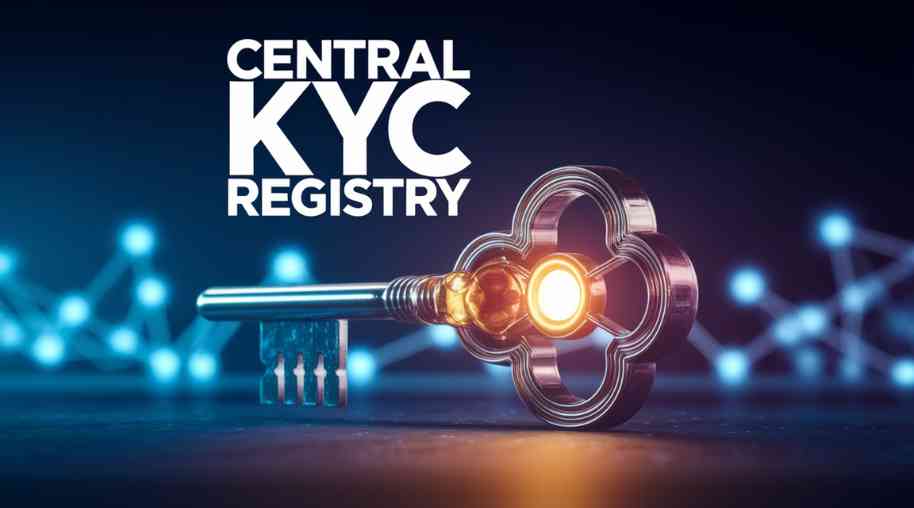CKYCR Full Form - Central KYC Registry
by Shashi Gaherwar
0 2166
Understanding the Central KYC Registry: A Step Towards Streamlined Customer Verification and Compliance
The Central KYC Registry (CKYCR), established by the Reserve Bank of India and managed by CERSAI, is a transformative initiative in India to standardize and streamline the Know Your Customer (KYC) process. It enhances compliance, reduces redundancies, and strengthens the security of financial transactions.

This article explores the CKYCR’s objectives, benefits, operations, regulatory framework, and its impact on financial services.
What is the Central KYC Registry?
The Central KYC Registry (CKYCR) is a centralized electronic database maintained by CERSAI to store and manage KYC data for financial institutions in India. It eliminates repetitive KYC submissions by allowing institutions to access verified customer data, enhancing efficiency and reducing fraud risks.
Objectives of the Central KYC Registry
The CKYCR aims to:
- Standardize KYC Processes: Ensures consistent KYC norms across institutions.
- Improve Efficiency: Reduces repetitive document submissions, saving time and costs.
- Enhance Compliance: Supports adherence to AML and CFT regulations.
- Prevent Financial Crimes: Provides accurate data to combat money laundering and fraud.
- Facilitate Data Security: Protects sensitive information with robust security measures.
How Does the Central KYC Registry Work?
The CKYCR operates as follows:
- KYC Registration: Customers submit identity and address proofs to a participating institution.
- Data Verification: The institution verifies and uploads data to the CKYCR.
- KYC Unique Identification Number (KIN): A unique ID is assigned for future reference.
- Accessing KYC Data: Other institutions retrieve data using the KIN, avoiding re-submission.
- Updating KYC Information: Changes are updated via any participating institution.
Key Benefits of the Central KYC Registry
The CKYCR offers:
- Customer Convenience: Eliminates repetitive KYC submissions.
- Reduced Paperwork: Minimizes physical document handling.
- Increased Efficiency: Speeds up customer onboarding for institutions.
- Enhanced Customer Experience: Streamlines verification for faster service access.
- Improved Compliance: Ensures adherence to regulatory standards.
- Data Security: Protects data with advanced protocols.
Regulatory Framework for the Central KYC Registry
The CKYCR operates under RBI and SEBI regulations, aligned with the Prevention of Money Laundering Act (PMLA). Institutions must upload KYC data and follow strict guidelines to ensure compliance and transparency in combating financial crimes.
Challenges and Considerations
The CKYCR faces challenges:
- Adoption Issues: Smaller institutions may struggle with technological integration.
- Data Privacy: Concerns over unauthorized access require robust security.
- Customer Awareness: Many customers need education on CKYCR benefits.
The Central KYC Registry (CKYCR) revolutionizes KYC in India, enhancing efficiency, compliance, and security. As adoption grows, it promises to create a transparent, streamlined financial ecosystem, benefiting institutions and customers alike.
Further Learning Resources
If you’re passionate about building a successful blogging website, check out this helpful guide at Coding Tag – How to Start a Successful Blog. It offers practical steps and expert tips to kickstart your blogging journey!
For dedicated UPSC exam preparation, we highly recommend visiting www.iasmania.com. It offers well-structured resources, current affairs, and subject-wise notes tailored specifically for aspirants. Start your journey today!

Share:








Comments
Waiting for your comments